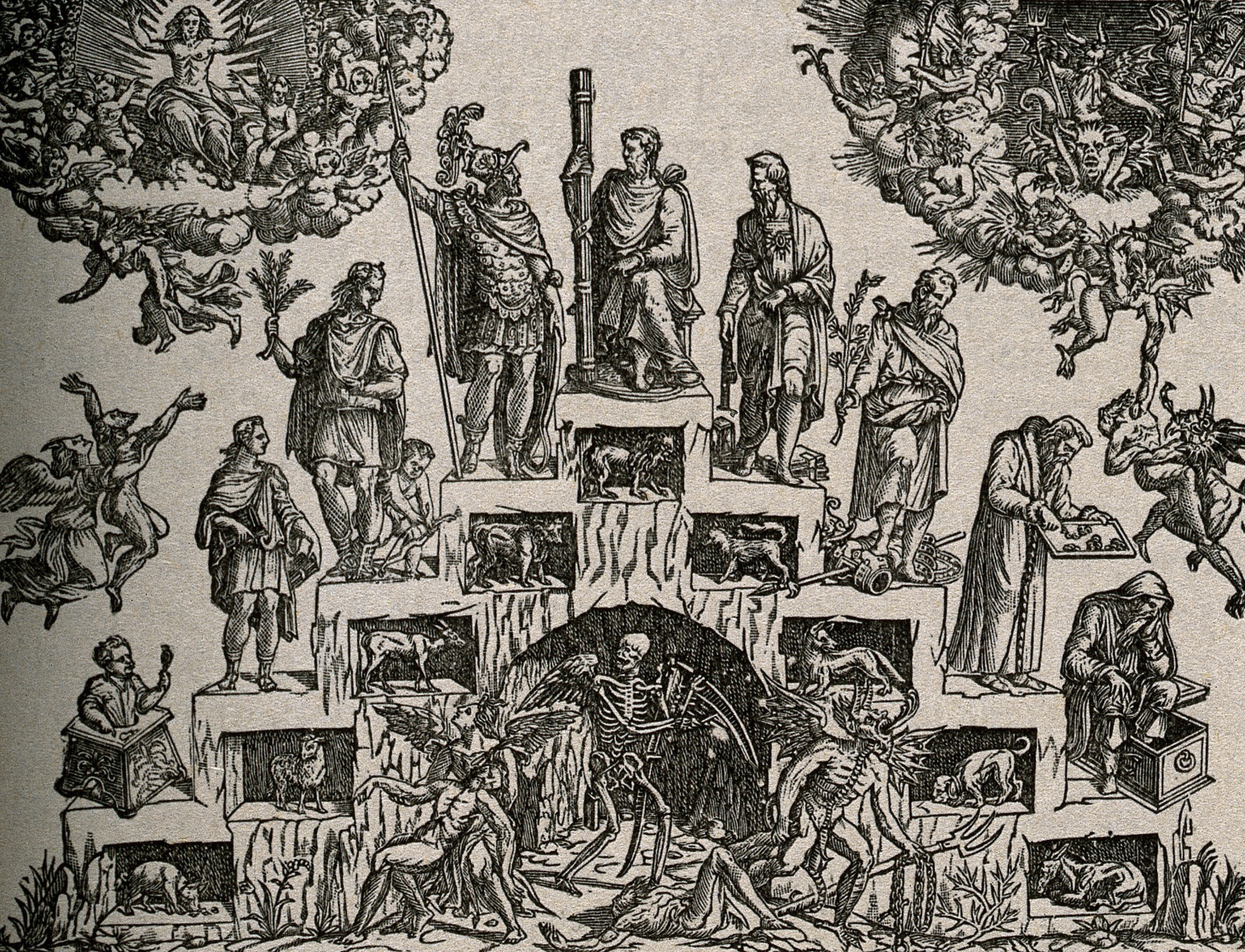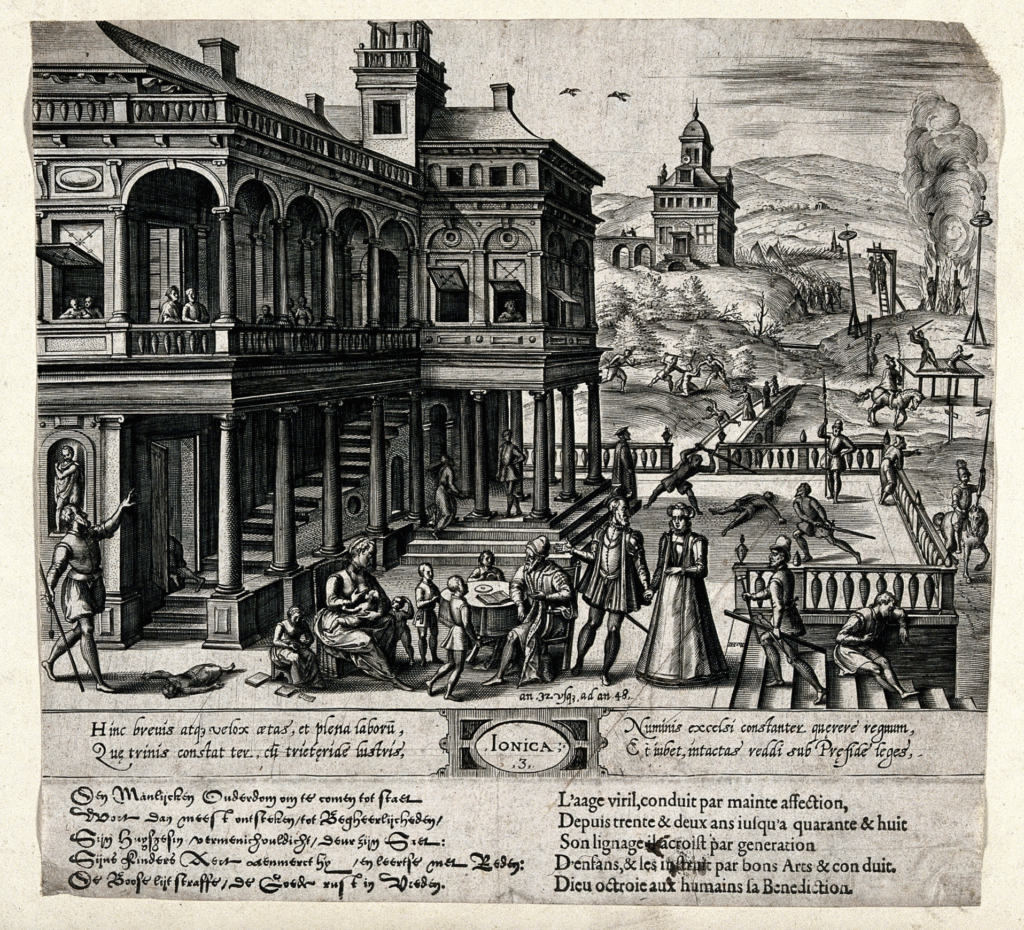Histories of Adulthood in Britain and the United States: A Cultural and Legal Evolution

Adulthood may seem like a universal concept—but what it means to be an adult has varied dramatically over time and between societies. In both Britain and the United States, the definition of adulthood has been shaped by legal thresholds, cultural norms, economic realities, and evolving expectations of independence, morality, and citizenship.
This article traces the histories of adulthood in Britain and the United States, from the early modern period to the present, exploring how the transition from youth to adult has shifted across centuries in law, gender roles, education, work, family life, and social identity.
🏛️ Early Modern Foundations (1500s–1700s)
Britain:
In early modern England, there was no strict age that defined adulthood. Instead, adulthood was often associated with economic independence, marriage, or inheritance.
- Boys were legally responsible for crimes at age 14, but often seen as children into their late teens.
- Girls could marry at 12 (with parental consent), and adulthood for women was often marked by marriage and motherhood.
- Apprenticeships—starting around age 14—were critical markers of maturity for boys.
American Colonies:
In the colonies, adulthood was similarly tied to property and responsibility rather than fixed age:
- Boys became “men” when they took over a farm, married, or joined militias.
- Girls were expected to contribute to household labor and could be married in their teens.
- Religion played a central role: spiritual “maturity” mattered as much as age.
Adulthood was a process, not a moment—a blend of social, moral, and economic milestones.
⚖️ 18th–19th Century: Adulthood Becomes Legalized and Gendered
As both countries moved toward industrialization, the notion of adulthood became more legally defined and socially codified.
Key developments:
- Britain set the legal age of majority at 21, a standard inherited by the U.S.
- Voting rights, military service, and property ownership began to shape definitions of adult male citizenship.
- Middle-class ideals emphasized the nuclear family, with men as breadwinners and women as wives and mothers.
- Young women’s adulthood was still often determined by marriage, while men were judged by economic independence.
Education and Work:
- In both countries, mass education delayed adult roles. Schooling for children expanded in the 19th century, creating a longer “youth” period.
- Child labor laws also shifted the boundary between child and adult.
Adulthood became increasingly gendered—with clear roles for men and women, but differing timelines and expectations.
🌍 Early 20th Century: The Rise of Youth and Delayed Adulthood
Britain:
- World War I and II changed expectations: 18-year-olds were soldiers, yet not legally adults.
- Women’s roles in war industries challenged traditional domestic adulthood.
- The age of majority remained at 21, even as many took on adult responsibilities earlier.
United States:
- The Great Depression delayed economic independence and marriage.
- Adolescence emerged as a new social category, especially in psychology and education.
- The GI Bill (post-WWII) allowed returning soldiers to go to college, delaying family formation but advancing civic adulthood.
Both societies experienced a growing tension: young people took on adult roles, but weren’t legally adults.
📜 The 1960s–70s: Redefining Adulthood Through Rights and Resistance
This era radically transformed the legal and cultural understanding of adulthood.
United States:
- Vietnam War draft protests led to the 26th Amendment (1971) lowering the voting age to 18.
- The slogan “Old enough to fight, old enough to vote” resonated deeply.
- Legal age thresholds for alcohol, marriage, and majority shifted state by state.
- The civil rights and feminist movements redefined adulthood as autonomy, equality, and consent.
Britain:
- The Family Law Reform Act 1969 lowered the age of majority from 21 to 18 in England and Wales.
- Young people gained more autonomy over medical decisions, contracts, and finances.
In both countries, the 18-year-old adult emerged as a legal standard—though social maturity still varied.
🧠 Contemporary Adulthood: Fluid, Delayed, and Contested
Today, adulthood is increasingly seen as a flexible and extended process, especially in Western societies.
Key Trends in Britain and the U.S.:
- Delayed marriage and parenthood—many people don’t marry until their late 20s or 30s.
- Higher education is more common, prolonging financial dependence on parents.
- The rise of “emerging adulthood” as a life stage (ages 18–29) challenges traditional ideas.
- Boomerang children—young adults returning to live with parents—reflect economic precarity and changing social norms.
Though the legal threshold is typically 18, cultural adulthood today often arrives later and unevenly.

⚖️ Legal Adulthood: A Complex Patchwork
| Domain | UK | US |
|---|---|---|
| Voting age | 18 | 18 |
| Drinking age | 18 | 21 (in most states) |
| Age of majority | 18 | 18 (some states vary) |
| Marriage without parental consent | 18 | 18 (some states allow younger with consent) |
| Military service | 16 with parental consent (UK), 18 regular | 17 with parental consent, 18 regular |
These differences show how adulthood is context-specific—dependent on what rights or responsibilities are being considered.
🎭 Cultural Expectations and Adulthood
Masculinity and Work:
- Men in both countries have traditionally been expected to prove adulthood through employment and independence.
- The decline of stable jobs and rise of the gig economy has made this harder to achieve.
Femininity and Reproduction:
- Women’s adulthood used to be tied to marriage and motherhood.
- Feminism and reproductive rights have expanded definitions of adulthood for women, emphasizing choice and autonomy.
Race and Class:
- Working-class youth, especially in the U.S., often enter adult responsibilities (like work or parenting) earlier.
- Racial disparities also shape perceptions: Black and Brown youth are often treated as adults sooner—especially by legal and criminal systems.
🧠 Conclusion: Adulthood as an Evolving Identity
From 17th-century apprentices to 21st-century undergraduates, the concept of adulthood in Britain and the U.S. has never been static. What began as a function of economic independence and gender roles has become a multifaceted identity shaped by:
- Law
- Culture
- Economy
- Psychology
- Politics
Today, adulthood is as much about choice and context as it is about age. In a world where people live longer, change careers multiple times, and navigate shifting social expectations, adulthood is less a destination—and more a journey.




